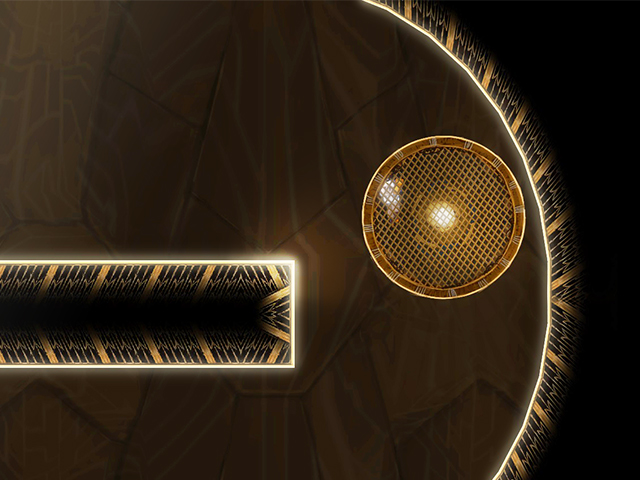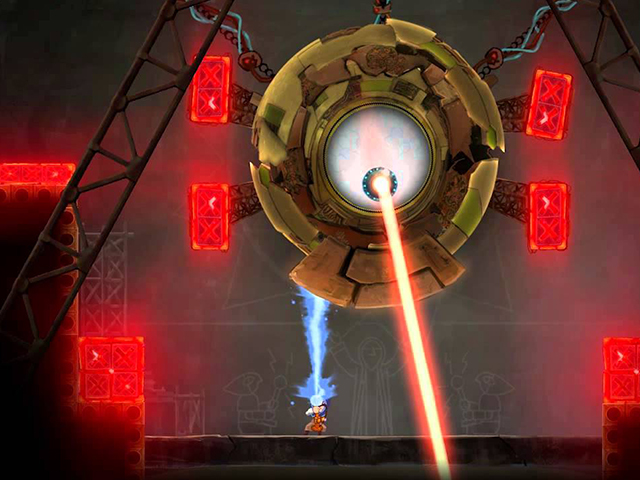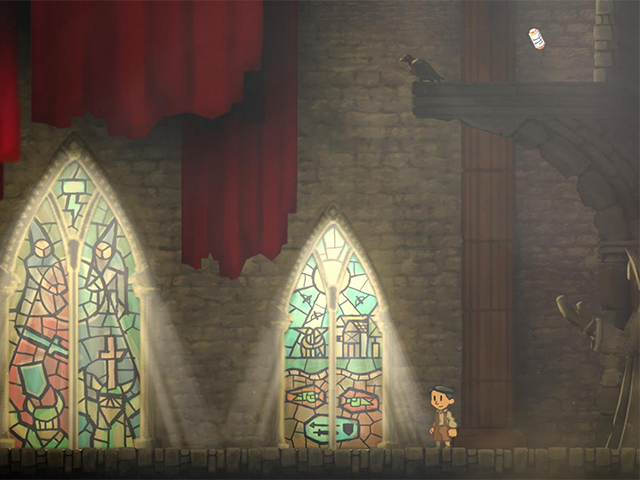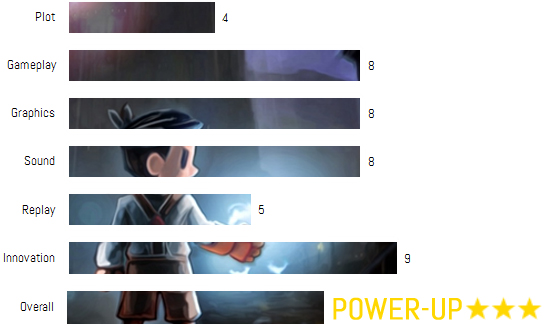Teslagrad is a 2013 2D puzzle-platformer developed by Rain Games, a Norwegian indie developer. It features a collection of puzzle rooms where you must navigate to one of the exits, using precise timing and the power of magnetism. Take a look here for our interview with the team from September 2013.

ROUND-UP:
REVIEW-UP:
Rain Games started development on Teslagrad in 2011 using the Unity3D engine, as a second title set in their Minute Mayhem (their first proposed game) universe. It eventually became their main project, with the original Minute Mayhem shelved in its favour. It’s a unique indie title in an age of crowdfunding with its funding coming from the Norwegian Film Institute, which issued them a grant for 800.000 Krone, approximately $70.000, in order to complete the development.
I must admit the game did not attract my attention at first as I wasn’t convinced by the puzzle-platforming genre as a whole, my only experience with it being the old-school Lemmings games – which were more than capable of giving the Dalai Lama an ulcer. But then the lovely Kim dangled a game key in front of my face and told me I’d enjoy it… and damn, she was right.
Teslagrad takes place in the kingdom of Elektropia in the continent of Croma, and stars a young boy. He is the last in a long line of Teslamancers, the country’s scholars and masters of magnetism and magnetic technology, a sort of Magnetic Jedi. At the start, the King’s men run him out of his home and attempt to capture him (and possibly kill him); but you elude their grasp and make your way to the Tesla Tower, the ancient home of the Teslamancers. There you must discover the boy’s heritage and possibly save the country from the mad and evil king.
The first few screens in this puzzle-platformer mean to familiarise you with the basic controls and principles. This is especially the case for the platforming aspects, from running and jumping to climbing both vines and ledges, but it doesn’t make it easy and there’s no time for hand-holding and a slow pace. The King’s men are constantly behind you until you reach the relative safety of the Tesla Tower and from then on things get more and more complicated; you find more Teslamancer gear, each adding a new level of complexity to the equation.

The puzzles in the Tesla Tower are all magnetism related and focus on overcoming dangers by charging items and / or setting them to either positive or negative polarity. You move past enemies, or by using existing magnetic fields and currents to your advantage. At first, you only have the Tesla Glove at your disposal to strike a positive charge or a negative one into magnetisable objects; this makes you depend entirely on what the environment offers you, such as magnetised flowers set close to currents, allowing you the perilous journey up or down them. Later on you get other pieces of gear like the Blink Boots allowing short range teleportation, useful for crossing grates, beams of energy or electric currents. All are extremely deadly because the little boy can only take one hit before he dies and you’re forced to restart the room (though larger ones offer checkpoints at certain spots to make them less frustrating). By the end, with the Cloak and the Tesla Staff, you have a more direct influence and power of decision on how to move around the different rooms; though the latter ones, those that take all the gear into account, still provide a significant challenge.
While rooms can be frustrating in a trial-and-error fashion, boss battles will put not your skills to the test but your patience. Their multi-phased approach, getting more complicated and deadly as the fight goes on, combined with the one-hit death nature of the game makes the fights tiresome instead of a refreshing change of pace. In fact, some of them feel added on at the last second, tacked on just for the sake of ‘having boss fights’ to go with the game’s Metroidvania style of free exploration; in which certain wings contain the inevitable boss, even if they are completely irrelevant to the story (with certain exceptions of course).

The plot is so simple it’s almost nonexistent, more an excuse to get you going than a story itself. This usually isn’t a problem since you’re mostly playing the game for the puzzles and the challenge instead, but as a ‘plot-driven game’ it’s disappointing to see such a barebones story. Having said that however, they use a ‘show, don’t tell’ approach to their storytelling that I find to be completely brilliant; all storytelling comes from visual cues in the environment such as portraits or scribbles on the wall, or puppet theatre plays in the background, and never explicit exposition. In addition to those, there are thirty-six scrolls littered around the environment each holding a card with an event in the country and the Teslamancer’s history. Collecting them all unlocks the final and secret ending, though the prize is really not worth the effort; though I suppose it does up the replay value for the completionists.
This is a visually beautiful game and the art style and direction is wonderful, from the gloomy and dreary streets of Elektropia, to the derelict tower entrance and its machine-and-furnace-laden bowels to the bright and sunny exteriors near the top of the tower. Alongside this beautiful design is the fantastic score, with very atmospheric pieces and plenty with a clear Russian folk-music inspiration. There are tones and melodies and instruments that’ll be instantly familiar to anyone who has ever heard any piece of traditional Russian music.

In Teslagrad, Rain Games has a hit, a fantastic challenging game that delivers hours of pleasure despite some poor design choices with bosses and a rather weak plot. It’ll be interesting to see what else they can come up for this new universe of theirs, as this is surely but a taste of what the continent of Croma can offer in terms of engaging gameplay mechanics.
RATING-UP:

How did we reach these scores? Click here for a guide to our ratings.

Reblogged this on The Mental Attic and commented:
My Teslagrad Review on 101-Up.com, enjoy!